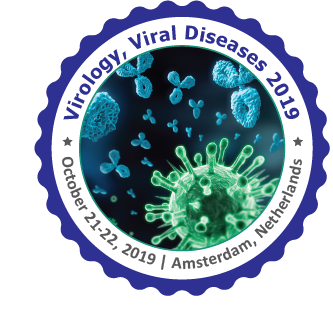
Nguyen Trong Binh
Biotechnology center, Vietnam
Title: Developing TAT-HA2 fusion apoptin of Chicken Anemia Virus approach to tumor therapy
Biography
Biography: Nguyen Trong Binh
Abstract
Cancer is one of the leading causes of morbidity and mortality worldwide, studying of cancer treatment has been receiving great attention. Apoptin, encoded by a gene VP3 derived from the Chicken Anemic Virus (CAV), was known for specifically ability to kill cancer cells in humans.However, this protein is difficult to enter the cell. The apoptin protein, which is trans-acting activator of transcription (TAT), increases the apoptin protein's transfer efficiency to the target cell, but it is trapped in the organ to reduce tumor cell killing efficiency. To increase the tumor cell killing efficiency, HA2 sequences combined with TAT to address these deficiencies. In this study, we proceeded to clone the apoptin-encoding gene, TAT-apoptin, TAT-HA2-apoptin, TAT-HA2-EGFP, into the pET28a vector and express His-apoptin, His-TAT- apoptin, His-TAT-HA2-apoptin, His-TAT-HA2-EGFP into Escherichia coli BL21 (DE3) (RIL), receiving proteins after induction with 0.2 mM IPTG at 18 0C for 16 h. These fused proteins are purified by the HisTrapTM HP affinity chromatography column. Pre- and post-purified proteins were separated by SDS-PAGE and detected by Coomassie Brillian Blue G-250, also confirmed by mouse monoclonal and rabbit polyclonal antibodies against 6Histag and apoptin, respectively. Finally, we used immunofluorescence to test for cellular protein localization and MTT assay to evaluate cell viability of fusion proteins for the lung cancer cell line (A549). The results show that we cloned and expressed successfully the fusion proteins. In particular, we found that TAT-HA2-Apoptin protein was twice as high as TAT-Apoptin after expression and purification. The positioning of fusion proteins in the A549 also shows the potential of the TAT-HA2 sequence as it plays an important role in facilitating the transfer of apoptin protein into the nucleus as well as reducing the viability of A549 cells.

